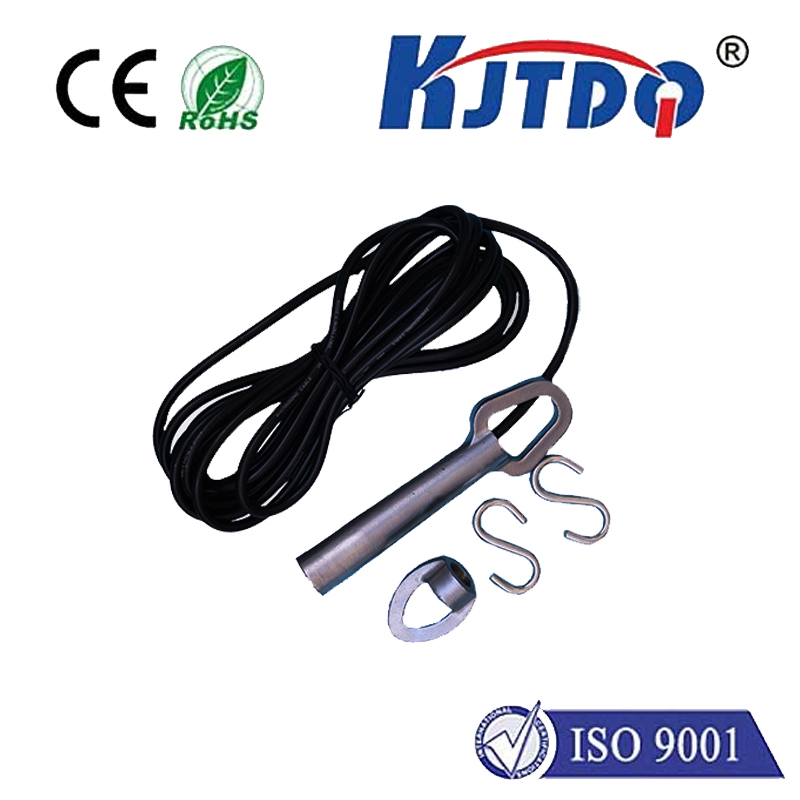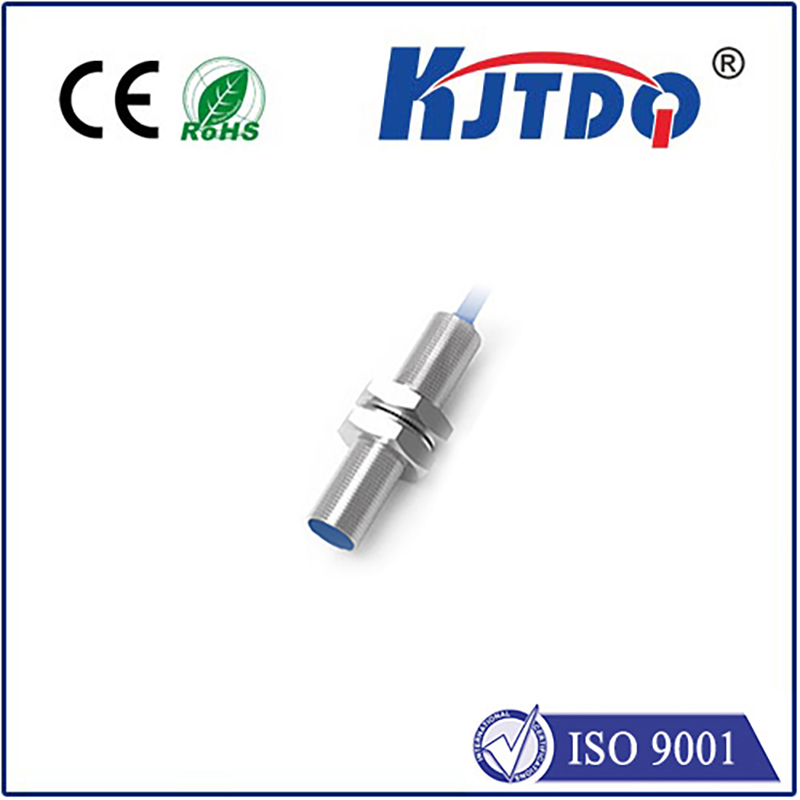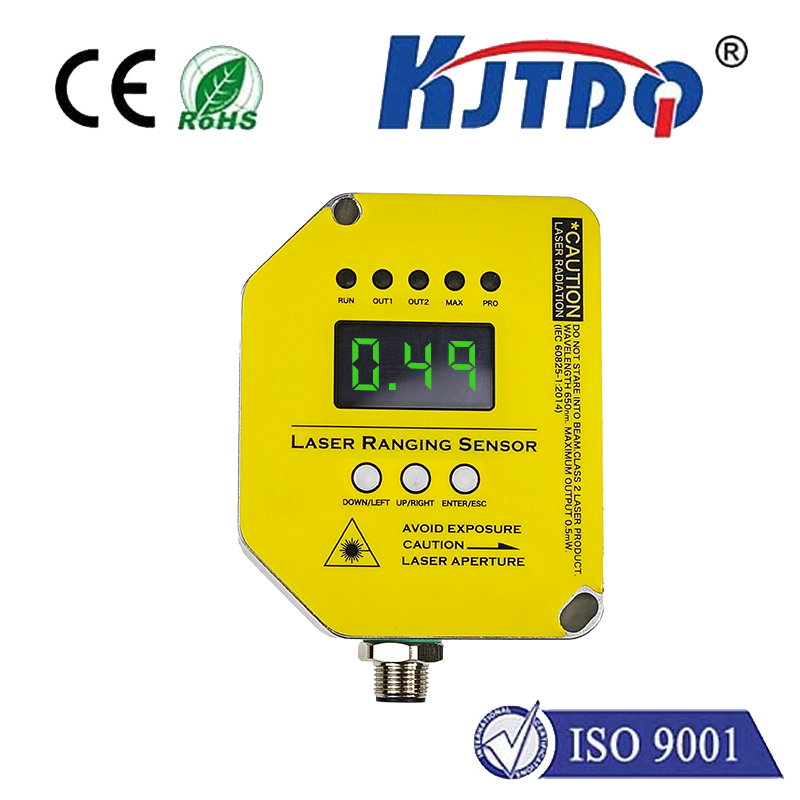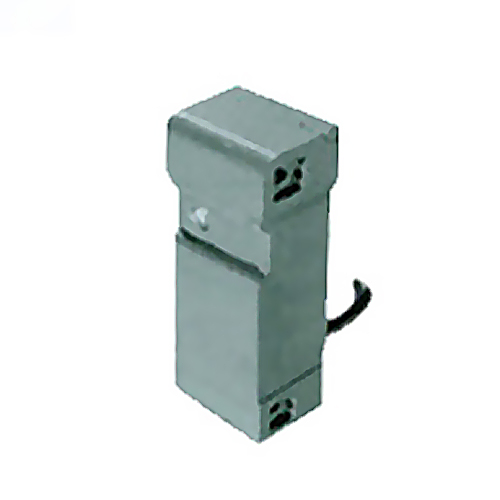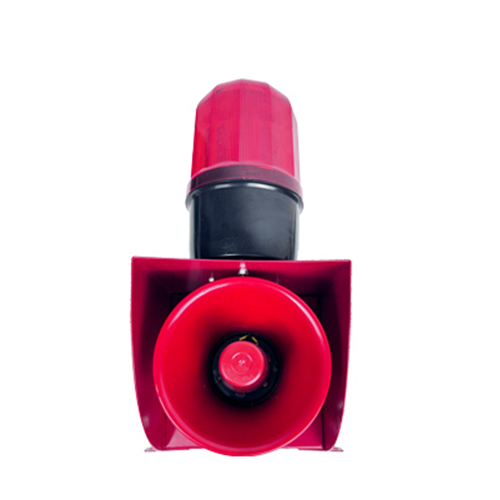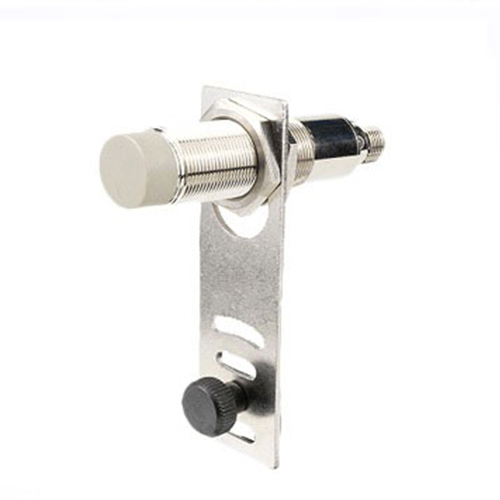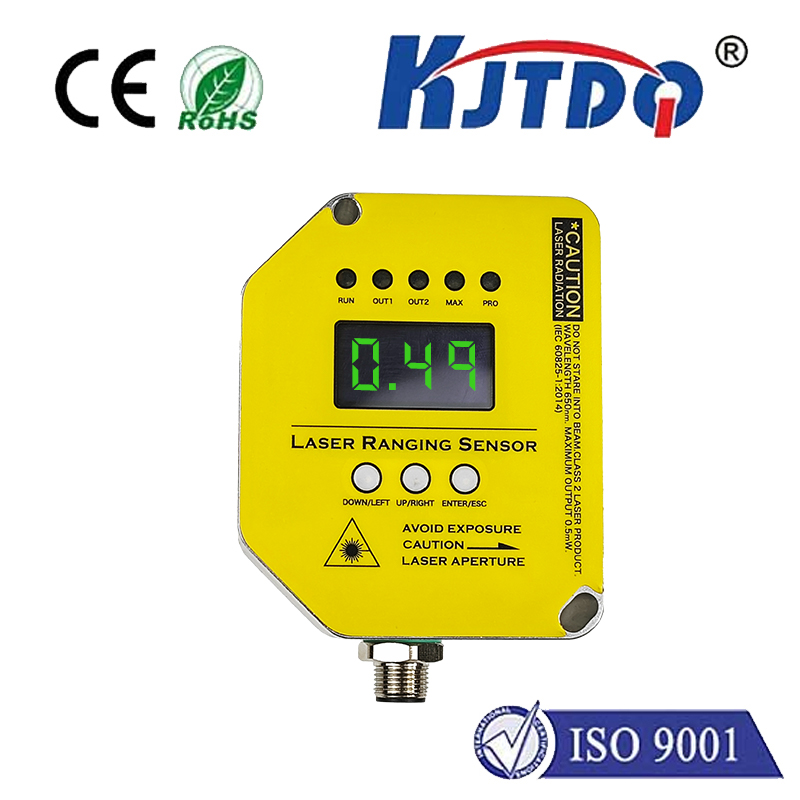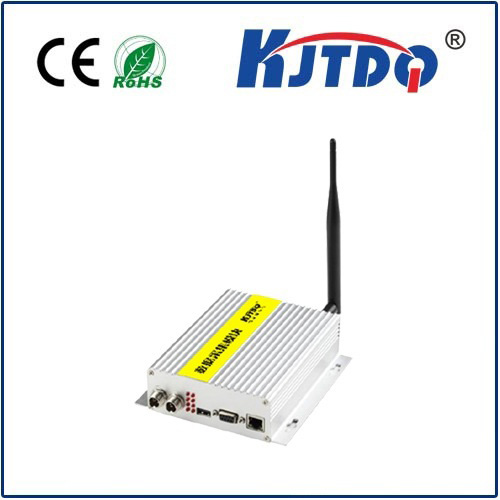siemens proximity sensor
- time:2025-07-04 02:12:43
- Click:0
Siemens Proximity Sensors: The Silent Sentinels Powering Precision Automation
Imagine a world where machines operate flawlessly, assembly lines move with unwavering accuracy, and robotic arms perform intricate tasks with superhuman precision. Behind this symphony of industrial efficiency lies an often-overlooked hero: the proximity sensor. And when it comes to unmatched reliability, durability, and technological sophistication in this critical component, Siemens proximity sensors stand as industry leaders, forming the invisible nervous system of modern automation.
Understanding the Core: What Proximity Sensors Do
At their essence, proximity sensors are non-contact detection devices. They sense the presence, absence, or position of an object without requiring physical touch. This fundamental capability is indispensable across countless applications:
- Object Detection: Is the part on the conveyor? Has the bottle reached the filling station? Proximity sensors provide the binary “yes/no” answers machines need.
- Position Feedback: Determining the precise location of moving components like cylinders or slides ensures accurate machine sequencing.
- End-of-Travel Confirmation: Safely verifying that a robot arm or actuator has reached its intended stopping point.
- Speed Monitoring: Detecting passing teeth on a gear or flags on a rotating shaft to calculate rotational speed.
- Level Detection: Sensing liquid or solid levels in tanks or bins, often using specialized variants.
Siemens’ Technological Edge: Precision Engineered Sensing

Siemens leverages decades of industrial automation expertise to deliver proximity sensors renowned for their exceptional performance under demanding conditions. Key technologies within their portfolio include:
- Inductive Sensors: The workhorses of the metal detection world. Siemens inductive sensors generate an electromagnetic field. When a metallic object enters this field, it causes a change in oscillation amplitude, triggering the sensor output. Renowned for their robustness in harsh environments, resistance to dirt, oil, and vibrations, they are ideal for detecting pistons, machine parts, clamps, and metal targets. Siemens offers variants with different sensing ranges, housing materials (stainless steel like the Siemens SIMATIC Q30 series being highly popular for durability), and output configurations (PNP/NPN, NO/NC).
- Capacitive Sensors: Masters of detecting nearly any material – liquids, plastics, wood, glass, powders, and even materials through container walls. They work by measuring changes in capacitance between the sensor face and a target object. Siemens capacitive sensors excel in applications like liquid level control in non-metallic tanks, bulk material presence detection, and detecting non-metallic objects on production lines (e.g., plastic bottles, cardboard boxes). They provide versatility where inductive sensors reach their limits.
- Ultrasonic Sensors: Offering significantly longer sensing ranges than inductive or capacitive types, Siemens ultrasonic sensors emit high-frequency sound waves and measure the time taken for the echo to return. This allows them to detect objects regardless of material, color, or transparency. They are perfect for distance measurement, object presence at greater distances, and challenging environments with dust or fog. Models like the Siemens SIMATIC ultrasonic sensors integrate seamlessly into broader control systems.
Why Choose Siemens Proximity Sensors? Key Advantages
Beyond the core technology types, Siemens distinguishes its sensors with features engineered for industrial superiority:
- Exceptional Durability & Reliability: Built to withstand extreme temperatures, shock, vibration, aggressive chemicals, and high-pressure washdowns (IP67, IP68, IP69K ratings are common). This minimizes unplanned downtime and extends service life drastically.
- Outstanding Sensing Performance: High repeat accuracy, immunity to electrical noise (EMC robustness), and resistance to interference from adjacent sensors ensure stable and precise detection, critical for high-speed or safety-related applications.
- IO-Link Communication: Many modern Siemens proximity sensors feature IO-Link technology. This transforms the sensor from a simple switch into an intelligent device capable of transmitting detailed diagnostic data, parameterization, and process values back to the controller. This enables predictive maintenance, remote configuration changes, and deeper process insights – key pillars of Industry 4.0.
- Easy Integration & Versatility: Designed with standardized mounting options (e.g., M8, M12, M18, M30 threaded barrels) and output types, Siemens sensors plug effortlessly into existing Siemens automation ecosystems like SIMATIC controllers and the TIA Portal engineering framework, as well as other vendor systems. Wide operating voltage ranges (often DC 10-30V or 20-250V AC/DC) enhance flexibility.
- Comprehensive Portfolio & Global Support: Siemens offers one of the broadest ranges of proximity sensors in the industry – from standard inductive to specialized variants for high-temperature, weld-immune, or hygienic applications. Backed by global technical support, documentation, and logistics, finding the right sensor and getting help is straightforward.
Powering Industries: Diverse Applications
The pervasive nature of proximity sensors means Siemens solutions are active across nearly every industrial sector:
- Automotive Manufacturing: Detecting parts on assembly lines, confirming robot positions, monitoring engine block machining, cylinder position feedback.
- Packaging & Material Handling: Bottle/can presence on filling lines, box detection on conveyors, pallet positioning, stack height control.
- Food & Beverage / Pharmaceuticals: Level sensing in tanks (capacitive), detecting containers through labels/foil (capacitive), position feedback in hygienic environments (special stainless-steel inductive sensors).
- Machine Tool & Metalworking: Tool breakage detection, workpiece positioning, turret indexing confirmation, coolant level monitoring.
- Intralogistics & Warehousing: Automated Guided Vehicle (AGV) object avoidance, pallet detection in racks, conveyor jam detection.
- Building Automation: Door position monitoring, elevator car leveling, HVAC damper control.
The Silent Guarantor of Efficiency
In the relentless pursuit of increased productivity, quality, and safety within industrial operations, reliable sensing is non-negotiable. Siemens proximity sensors, encompassing their advanced inductive, capacitive, and ultrasonic technologies, provide the critical, dependable detection that sophisticated automation systems demand. Their combination of robust construction, high precision, intelligent features like IO-Link, and seamless integration within the Siemens ecosystem makes them far more than just components – they are fundamental enablers of efficiency, reducing downtime, optimizing processes, and safeguarding both machinery and personnel. Investing in Siemens sensing technology is investing in the smooth, predictable, and high-performing operation essential for competitive manufacturing and industrial processes.






